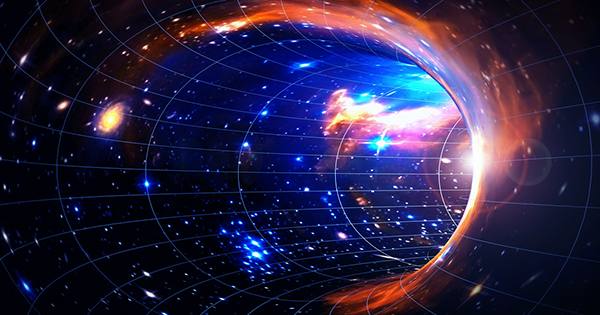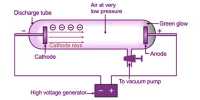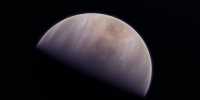Lasers have used for decades to cool atoms near absolute zero, at the lowest possible temperature. These are, of course, atoms of matter, like everything in and around us. Now the same technique has simultaneously managed to cool anti-hydrogen at lower temperatures.
The achievement opens the door to testing a few basic questions about the nature of the universe. Antimatter often referred to as a mirror image of matter – identical in some ways, quite opposite in others. Since face-to-face collisions between matter and antimatter both result in the destruction of energy, it is extremely difficult to contain even the smallest amount of it, let alone study it. It still hardens if your antimatter is not fixed.
Since temperature is a measure of how an atom or molecule is vibrating, slowing it down for great control means removing its heat. A team from Antihydrogen Laser Physics Equipment (ALPHA) Canada did it. They adjusted the ultraviolet lasers so that when the cloud of anti-hydrogen atoms moved towards the laser, its light would push behind them.
On the other hand, when the atoms moved in reverse, their frequencies were such that the Doppler shift prevented the lasers from giving an extra push, as happened when there was a wide spectrum of light. The force when they moved in one direction, and not recovered in the other, the movement is almost nothing reduced. One of the great puzzles of modern physics is why there is more matter in the universe than antimatter. This is also true for us; otherwise, we are at risk of continuous destruction from a planet created by antimatter, perhaps even a complete antimatter sun. Perhaps still, our models of the Big Bang indicate that it should have produced two equal amounts.
The undeniable (and abundant) skew of the universe is instantly the biggest survival hole in our understanding of the laws of physics, a challenge and embarrassment that has remained a challenge and embarrassment for physicists for decades. This announcement on the nature of success in cooling antihydrogen atoms opens the door to further exploration of these questions. Co-author Dr. “My next dream is to create a” fountain “of anti-atoms by tossing laser-cooled antimatter in the open,” said Makoto Fujiwara of the Canadian Tribune.















